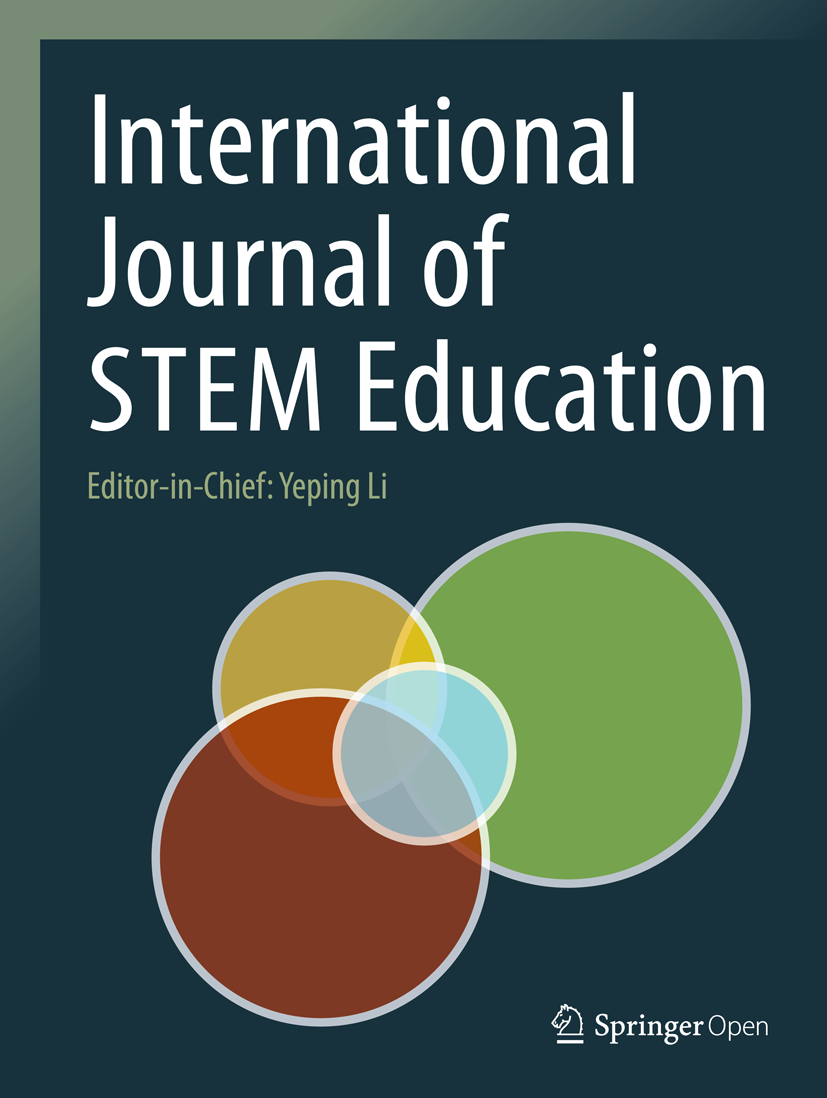Strategies and difficulties during students’ construction of data visualizations
IF 8
1区 教育学
Q1 EDUCATION & EDUCATIONAL RESEARCH
引用次数: 0
Abstract
Data visualizations transform data into visual representations such as graphs, diagrams, charts and so forth, and enable inquiries and decision-making in many professional fields, as well as in public and economic areas. How students’ data visualization literacy (DVL), including constructing, comprehending, and utilizing adequate data visualizations, can be developed is gaining increasing attention in STEM education. As fundamental steps, the purpose of this study was to understand common student difficulties and useful strategies during the process of constructing data visualization so that suggestions and principles can be made for the design of curricula and interventions to develop students’ DVL. This study engaged 57 college and high school students in constructing data visualizations relating to the topic of air quality for a decision-making task. The students’ difficulties and strategies demonstrated during the process of data visualization were analyzed using multiple collected data sources including the students’ think-aloud transcripts, retrospective interview transcripts, and process videos that captured their actions with the data visualization tool. Qualitative coding was conducted to identify the students’ difficulties and strategies. Epistemic network analysis (ENA) was employed to generate network models revealing how the difficulties and strategies co-occurred, and how the college and high school students differed. Six types of student difficulties and seven types of strategies were identified. The strategies were further categorized into non-, basic- and high-level metavisual strategies. About three-quarters of the participants employed basic or high-level metavisual strategies to overcome the technological and content difficulties. The high school students demonstrated a greater need to develop content knowledge and representation skills, whereas the college students needed more support to know how to simplify data to construct the best data visualizations. The study specified metacognition needed for data visualization, which builds on and extends the cognitive model of drawing construction (CMDC) and theoretical perspectives of metavisualization. The results have implications for developing students’ data visualization literacy in STEM education by considering the difficulties and trajectories of metacognitive strategy development, and by addressing the different patterns and needs demonstrated by the college and high school students.学生构建数据可视化过程中的策略和困难
数据可视化将数据转化为图形、图表、图解等可视化表现形式,为许多专业领域以及公共和经济领域的查询和决策提供了便利。如何培养学生的数据可视化素养(DVL),包括构建、理解和利用适当的数据可视化,在科学、技术和工程教育领域日益受到关注。作为基本步骤,本研究旨在了解学生在构建数据可视化过程中常见的困难和有用的策略,从而为课程设计和干预措施提出建议和原则,以培养学生的数据可视化素养。本研究让 57 名大学生和高中生参与构建与空气质量主题相关的数据可视化,以完成一项决策任务。研究使用多种收集到的数据源,包括学生的思考-朗读记录、回顾性访谈记录以及捕捉学生使用数据可视化工具过程的视频,对学生在数据可视化过程中遇到的困难和表现出的策略进行了分析。我们进行了定性编码,以确定学生的困难和策略。认识网络分析(ENA)被用来生成网络模型,揭示困难和策略是如何共同出现的,以及大学生和高中生的不同之处。研究确定了六类学生困难和七种策略。这些策略又分为非元语言策略、基本元语言策略和高级元语言策略。大约四分之三的参与者采用了基本或高级元视觉策略来克服技术和内容方面的困难。高中生更需要发展内容知识和表达技能,而大学生则需要更多支持,以了解如何简化数据,构建最佳的数据可视化。该研究明确了数据可视化所需的元认知,它建立在绘画构建认知模型(CMDC)和元可视化理论视角的基础上,并对其进行了扩展。通过考虑元认知策略发展的困难和轨迹,并针对大学生和高中生表现出的不同模式和需求,研究结果对在 STEM 教育中培养学生的数据可视化素养具有启示意义。
本文章由计算机程序翻译,如有差异,请以英文原文为准。
求助全文
约1分钟内获得全文
求助全文
来源期刊

International Journal of Stem Education
Social Sciences-Education
CiteScore
12.40
自引率
11.90%
发文量
68
审稿时长
13 weeks
期刊介绍:
The International Journal of STEM Education is a multidisciplinary journal in subject-content education that focuses on the study of teaching and learning in science, technology, engineering, and mathematics (STEM). It is being established as a brand new, forward looking journal in the field of education. As a peer-reviewed journal, it is positioned to promote research and educational development in the rapidly evolving field of STEM education around the world.
 求助内容:
求助内容: 应助结果提醒方式:
应助结果提醒方式:


